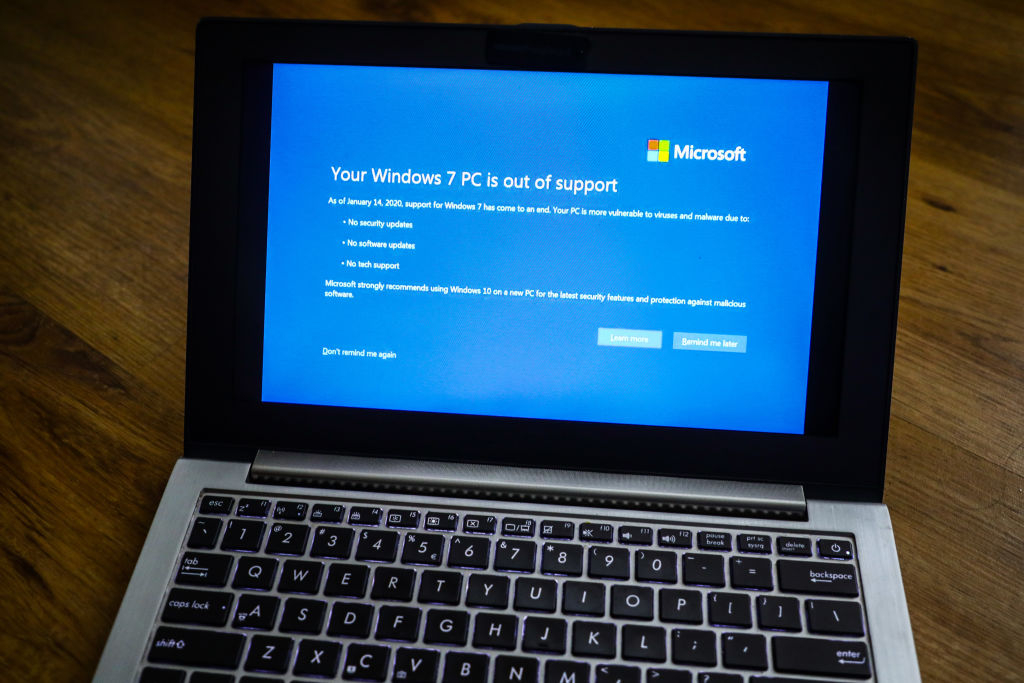
Windows 7 Reportedly Gets Secure Boot in Last Dying Gasp
Pour one out for Windows 7, the 13-year-old operating system that is no longer receiving any security updates. It seems, however, that Microsoft has left one big goodbye present for security-conscious users.
Windows 7 technically reached the end of the line on January 14, 2020, but those in enterprise and education could get Extended Security Updates through today. It really seems like this is the time for most people to upgrade — but for those who don’t, Neowin reports that Microsoft has added UEFI and Secure Boot to the antique OS.
Secure boot (opens in new tab) uses PC firmware to check that all software and firmware drivers used at boot are properly signed by the OEM and manufacturer. It’s pretty late for a feature like this to show up in the OS, but it could be a decent last gasp for organizations that refuse to update to Windows 10 or 11.
Neowin first saw the feature on the Chinese-language CSDN forums. Some people have had some issues enabling UEFI and Secure Boot, and it seems they got stuck at the startup logo due to certain display drivers that need updating.
Tom’s Hardware has reached out to Microsoft for more information on the reported update, but we have yet to receive a response.
Windows 11 requires a PC be secure boot enabled if you’re upgrading from Windows 10, and most OEM PCs come with it set up.
For those of you stubbornly holding onto Windows 7, it will continue to work — but you will no longer get any patches for new or existing vulnerabilities. Windows 8.1, which no one will really miss, also hits the end of support today (opens in new tab) (and, unlike Windows 7, will not be getting an Extended Security Update program).
It’s unclear how many of Windows’ 1.5 billion users are currently on Windows 7 or 8.1. But if you happen to be on one, it’s probably time to update to Windows 10 or 11, for safety’s sake.

